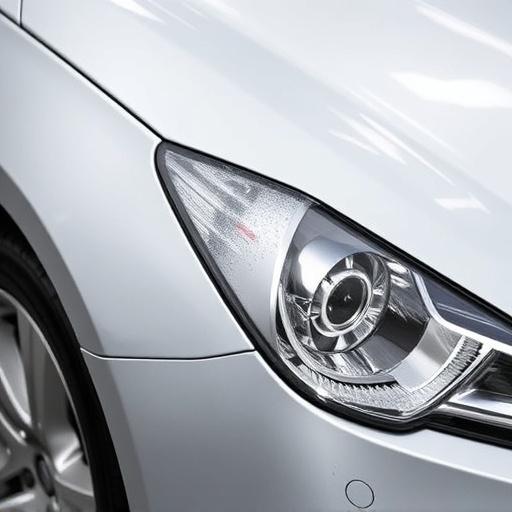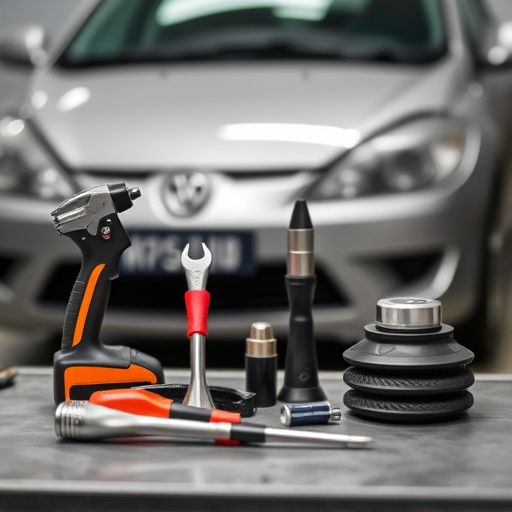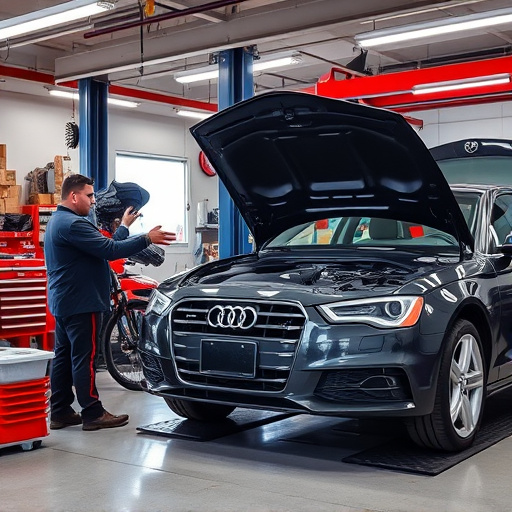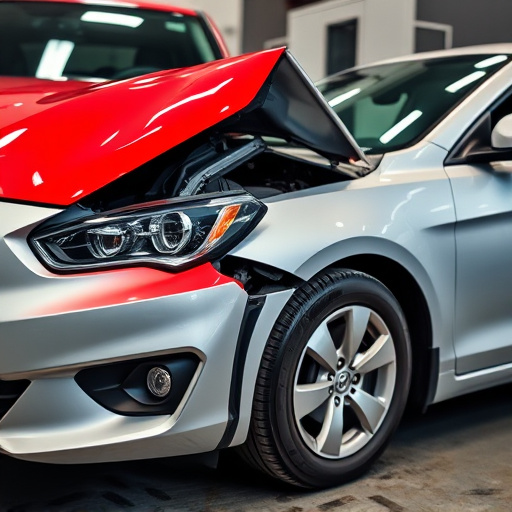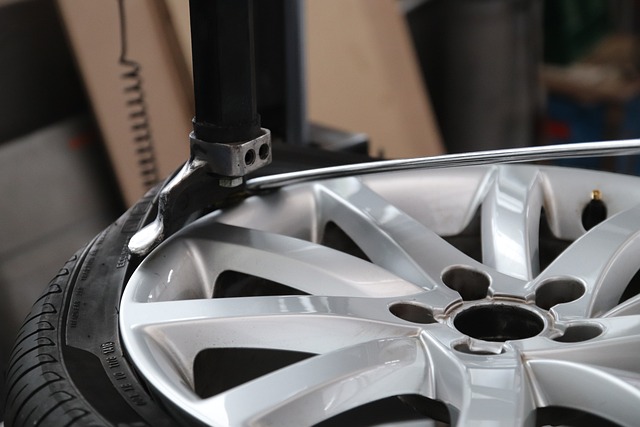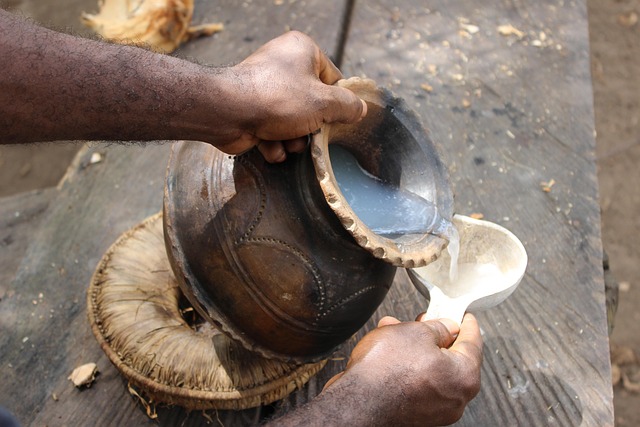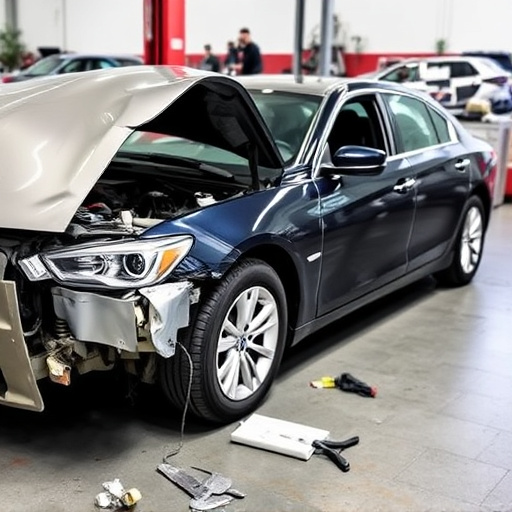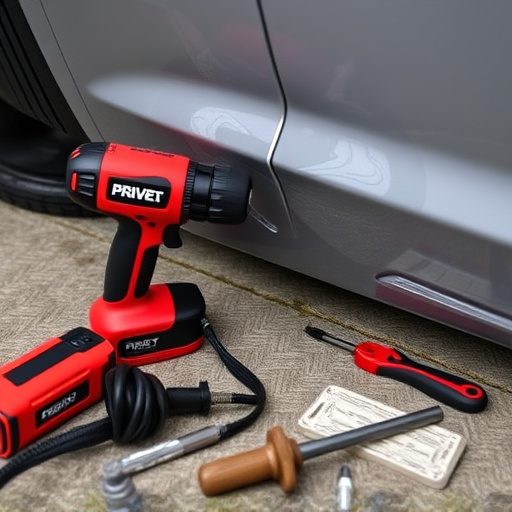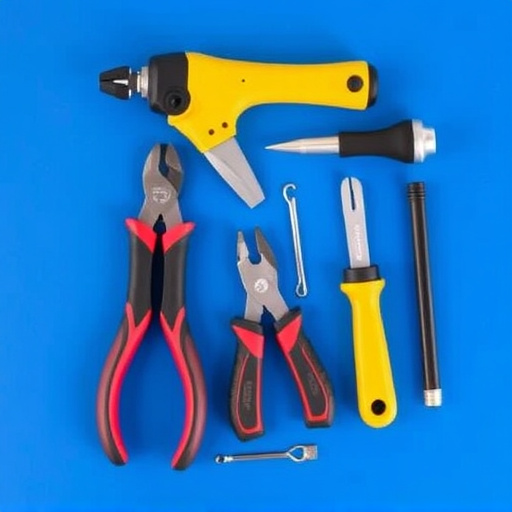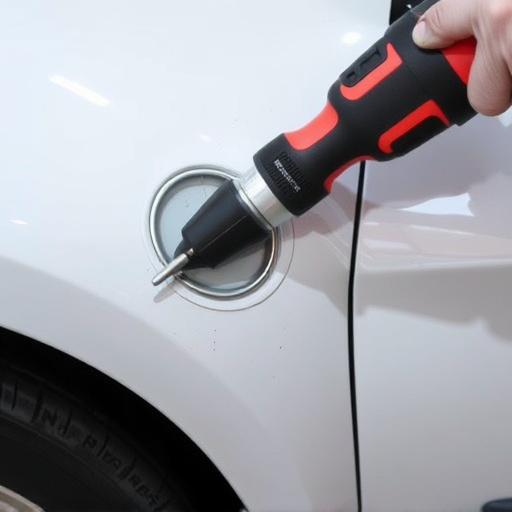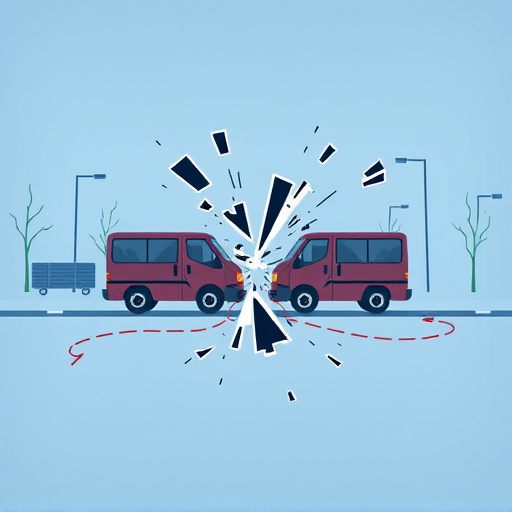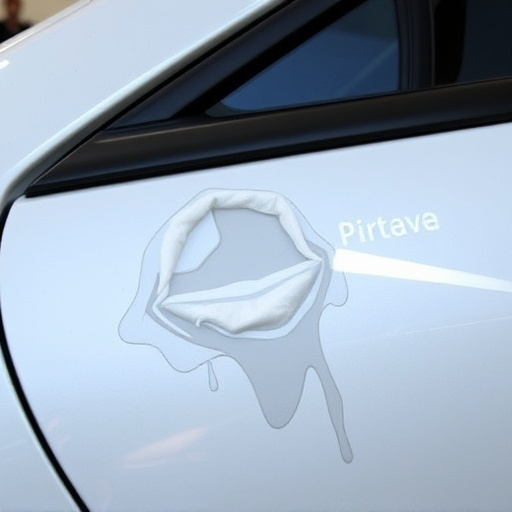Understanding Tesla collision repair cost requires recognizing the unique challenges posed by the car's advanced technology and specialized materials, demanding specific training and equipment from technicians. Pricing varies based on damage extent, part rarity, location, and repair shop reputation. To manage costs, vehicle owners should opt for thorough inspections by certified techs, use genuine Tesla parts, and follow manufacturer guidelines to ensure quality and maintain vehicle value.
“Unraveling the mysteries of Tesla collision repair pricing is essential for both vehicle owners and repair shops. This comprehensive guide dives into the factors shaping the cost structure of Tesla repairs, offering a clear view of what influences prices. From brand-specific parts and advanced technology to labor rates and market dynamics, each element plays a crucial role. By understanding these key factors, you can navigate the process more effectively and explore strategies to optimize repair costs.”
- Understanding Tesla Collision Repair Cost Structure
- Key Factors Driving Variations in Pricing
- Strategies to Manage and Optimize Repair Costs
Understanding Tesla Collision Repair Cost Structure

Understanding Tesla collision repair cost involves delving into a complex structure that differs from traditional automotive repair. Tesla vehicles are built with advanced technology and materials, which significantly impact their replacement parts and labor pricing. Unlike at a conventional auto repair shop, where costs may be more standardized, each Tesla collision repair is unique due to the vehicle’s sophisticated electrical systems and software components.
These factors require specialized training and equipment for technicians in a vehicle body shop handling Tesla repairs. The cost structure accounts for not only the physical damage assessment and replacement of exterior or interior parts but also the meticulous reprogramming of sensors, cameras, and other computer-controlled systems. Therefore, when considering Tesla collision repair pricing, it’s essential to recognize these nuances that set them apart from typical automotive repair services.
Key Factors Driving Variations in Pricing

Several key factors drive variations in Tesla collision repair pricing. One of the primary considerations is the extent of damage to the vehicle. Minor scrapes or dents may only require straightforward car paint services, while more significant crashes involving auto body restoration could be far costlier. The complexity and rarity of specific parts also play a significant role; rare or specialized components often drive up the overall Tesla collision repair cost.
Additionally, location matters when it comes to pricing. Different regions have varying labor costs and market demand for auto body services, leading to disparities in prices for identical repairs. Furthermore, the reputation and experience of the repair shop can also influence pricing. Established facilities with specialized expertise in vehicle bodywork may charge premium rates due to their advanced equipment and skilled technicians.
Strategies to Manage and Optimize Repair Costs
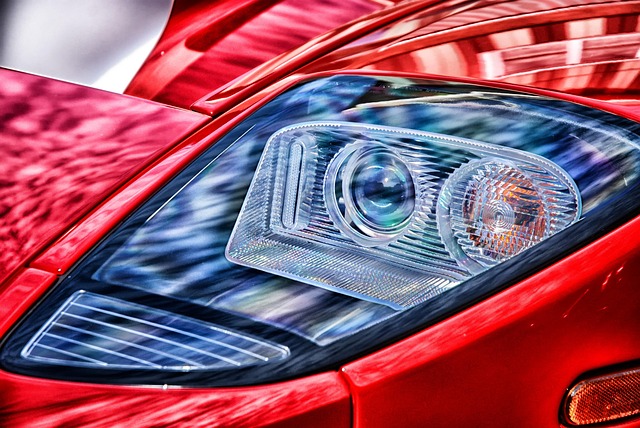
To manage and optimize Tesla collision repair costs, vehicle owners can employ several strategic approaches. First, understanding the extent of damage is crucial. A thorough inspection by certified technicians helps identify areas that require repair, distinguishing between necessary repairs and those that can be deferred or replaced later. This step ensures only essential work is done, keeping costs in check.
Second, using genuine Tesla parts and adhering to manufacturer guidelines for auto frame repair and car collision repair can significantly impact pricing. Authentic parts often come with warranties, ensuring long-term reliability without compromising on quality. Moreover, following the right procedures during the car restoration process not only maintains the vehicle’s value but also prevents unnecessary expenses.
Tesla collision repair pricing can vary significantly due to several factors, including the complexity of the damage, availability of genuine parts, labor rates, and specialized equipment requirements. By understanding these key drivers, car owners can make informed decisions and strategically manage their repair costs. Implementing efficient processes, utilizing certified parts, and staying updated with Tesla’s recommended practices can help optimize repair expenses, ensuring a cost-effective and high-quality restoration for Tesla vehicles.
